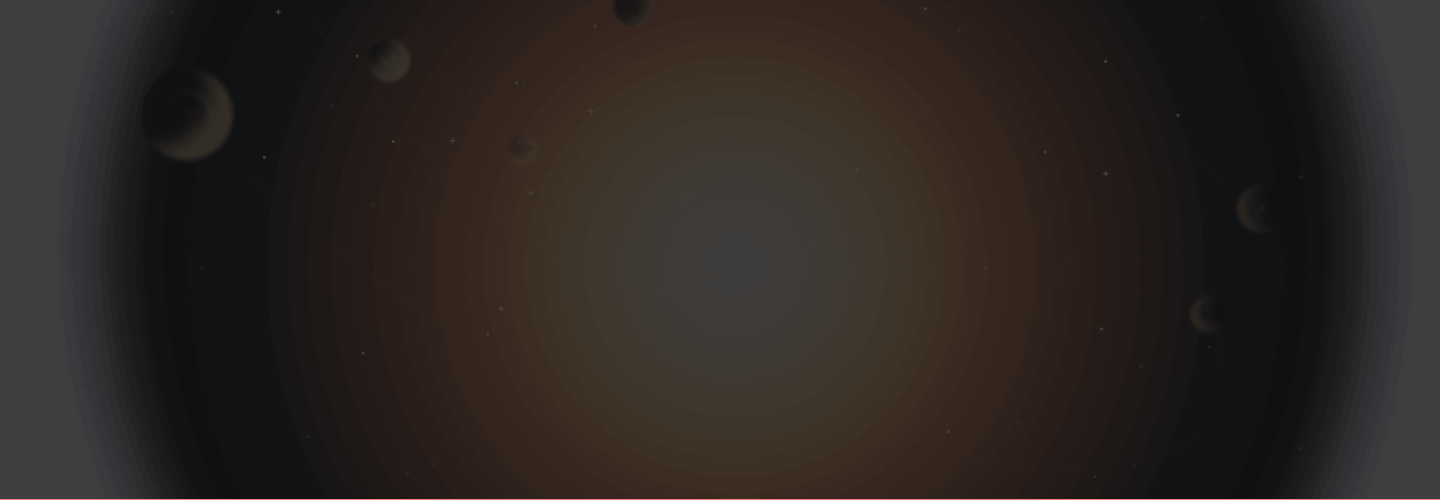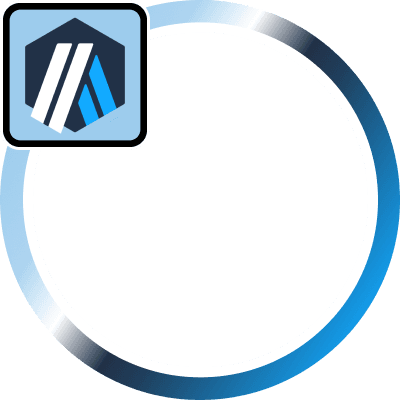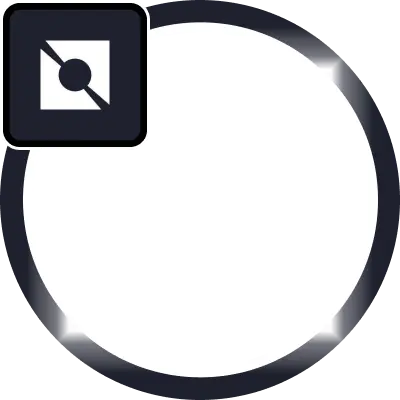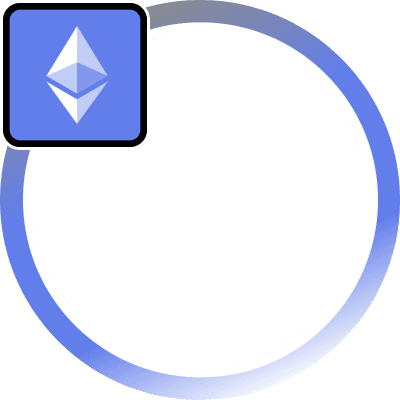Introduction
Gemach DAO aims to build a decentralized ecosystem for lending, borrowing, and asset management. It offers a variety of products designed to optimize liquidity and financial access, focusing on long-term sustainability. The platform aligns incentives through governance mechanisms and ecosystem tokens, fostering active participation from contributors and users.
Background and History
Gemach DAO was established with the vision of creating sustainable financial infrastructure for decentralized communities. Its roadmap outlines progressive development across multiple financial tools, with a focus on transparency and security through audits. The platform encourages contributions from the community to maintain its mission of financial accessibility.
Key Features & Contributions & Technologies
- gLend: A lending platform offering competitive rates and secure loans.
- gVault: Provides users with vault management tools for asset storage.
- gLoans: Enables decentralized loans with transparent terms and conditions.
- gFund: A community-driven fund supporting projects within the DAO ecosystem.
- gScanner: An analytical tool for tracking and monitoring blockchain activities.
Usage and Applications
Gemach DAO serves users looking for decentralized lending and financial management solutions. The lending products provide flexible loans, while vaults secure user assets. The governance structure encourages participation through GMAC tokens, enabling community-driven decision-making. gFund supports innovation, fostering growth within the DAO ecosystem.
Governance & Tokenomics
Governance is powered by GMAC tokens, allowing holders to participate in decision-making processes. The platform also integrates gLend tokens to incentivize lending activities and provide additional liquidity.
Notable Events
- January 2023: Launch of gLend, introducing decentralized lending to the platform.
- June 2023: Deployment of gVault and gLoans, expanding asset management capabilities.
- August 2023: Launch of gFund, supporting community projects through DAO governance.








